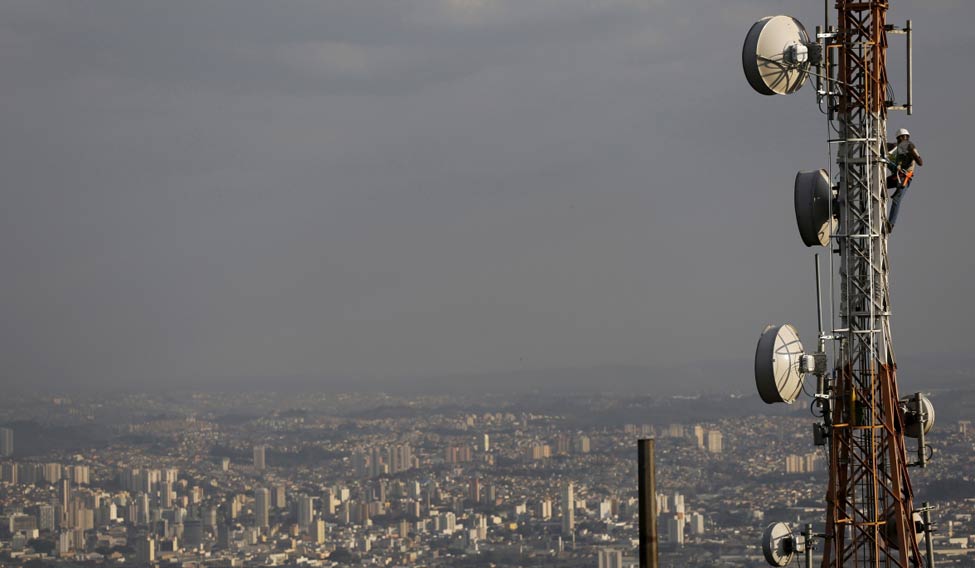Network outages are not unknown for Indians. In a country where a fully filled right angle triangle accompanied by an 'H' sign right next to the battery symbol on our mobile phones is still considered a blessing, the current telecom war with the advent of Reliance Jio against the incumbent players was long due.
The telecom infrastructure in the country has come a long way from the patchy connections a couple of years back. But as a matter of fact India's airwaves are among the costliest in the world. Nevertheless to say, India still suffers from grave network hiccups and as desperate users, we often end up cursing the telecom service providers.
However, have you ever spared a thought for the engineers who make sure you have a hassle-free call experience, even at the remotest of the locations—as far as in the hilly terrains of Himalayas to the tropical forests in the Western Ghats?
With India giving other governments across the world a run for their money in the number of internet shutdowns happening in the country, the job of a network engineer assumes more responsibility. And with that increases the complexity.
“The job is difficult, but necessary. I enjoy the responsibility and with the frequent training and guidance from seniors, I feel empowered as well as confident to attend to my duty in this difficult yet beautiful terrain,” says Field Maintenance Engineer Abdul Hamid, who works with communication technology major Ericsson in Kashmir. 27-year old Hamid is responsible for maintenance and upkeep of more than 30 network sites in Tangdar, one of the most difficult areas of Kashmir because of weather as well as proximity to the Line of Control.
For instance, about a couple of months ago, Hamid had to walk and trek almost 28 kilometers one way when a network site at ‘Sadhna Top’ at 13,000 feet stopped working. “Often, I visit remote areas for work, but this was quite daunting. The weather, terrain and the distance were all stacked against us. Planning for the assignment, I took all the precautionary measures including required clearances and proceeded for Sadhna Top and rested only after the issue was resolved and connectivity was restored,” he narrated his experience.
What moves him forward is his dauntless spirit and passion for work.
So is the case of Jaya Sapam, a maintenance engineer in Imphal. She even has to examine and monitor telecom equipment on top of the towers. Hardly does she fail to grab attention doing on-field jobs as seldom do people see lady engineers doing such jobs.
Sapam's posting is definitely one of grit and on call round-the-clock. Sometimes, she has to go out of city limits in the middle of the night to fix radio base stations, quite uncommon for women, especially in remote areas due to the threat of insurgents.
Once, things got a little tense, when the team was stopped by a group of locals. However, thanks to the training from the company, the team handled the situation with ease.
Training plays a major role in such situations because like a public servant, the work of these engineers also require constant public interactions and hence one needs to have a good understanding of people management.
And telecom infrastructure providers make sure their engineers are adequately trained for the same. For instance, at Ericsson, an extensive programme for these engineers provides training in basic health and safety, basic lab safety, bio risk to deal with high EMF exposure, medical examination, security guidelines and zero-tolerance safety rules.
“Keeping the networks up and running across the country requires thousands of individuals to manage, monitor and troubleshoot any problems in minimal time. Our focus is to ensure a safe working environment for everyone engaged in Ericsson’s business,” said Jose Luis Serrato, Head of Network Services—Ericsson India.
All said, like most of the jobs in the services sector, these engineers are only thought about at the worst—when the mobile network goes down.






